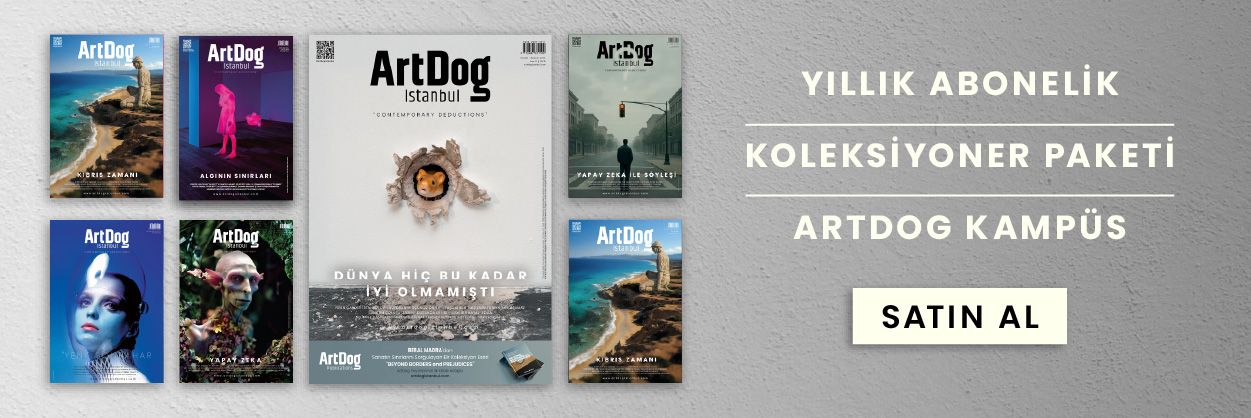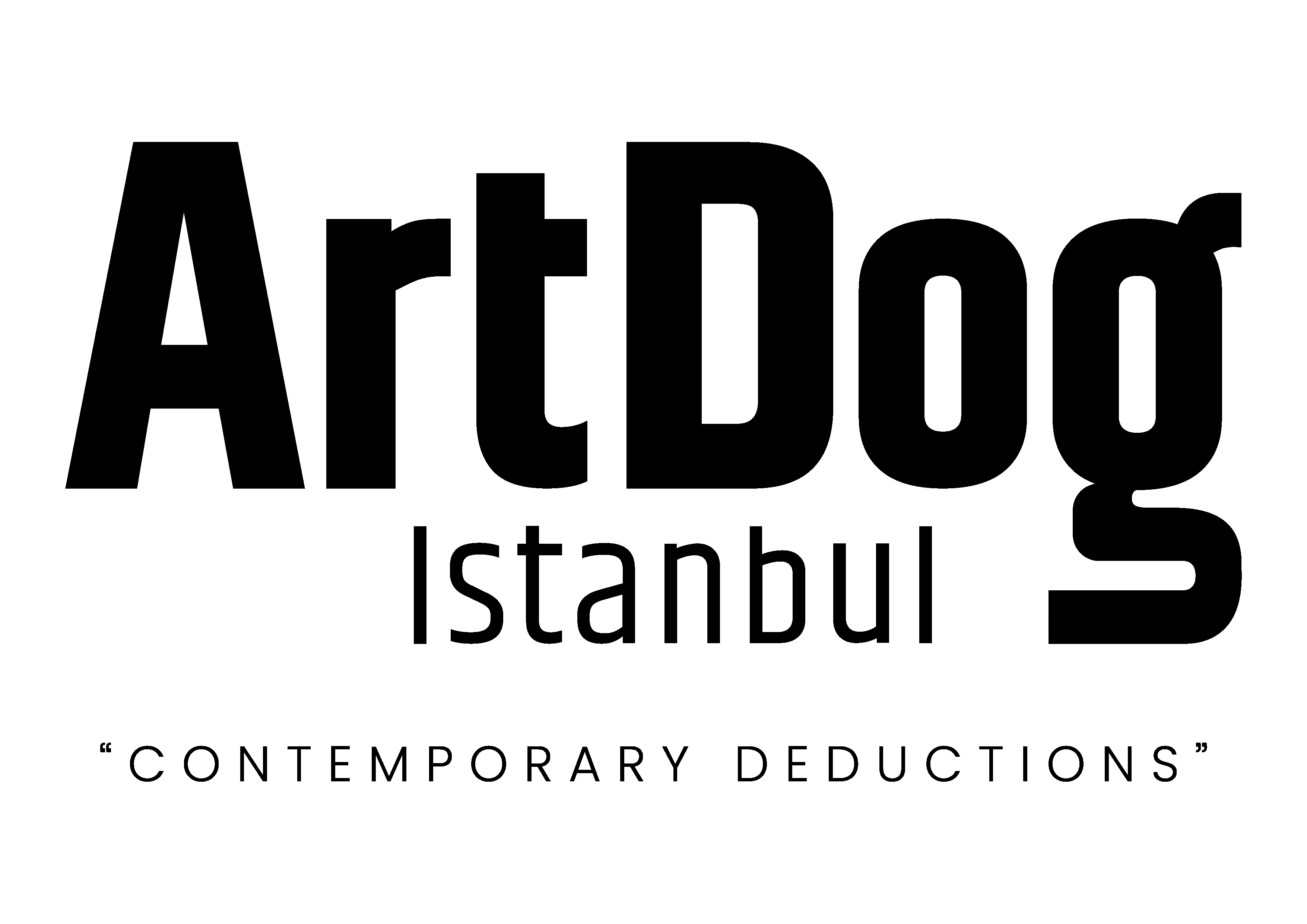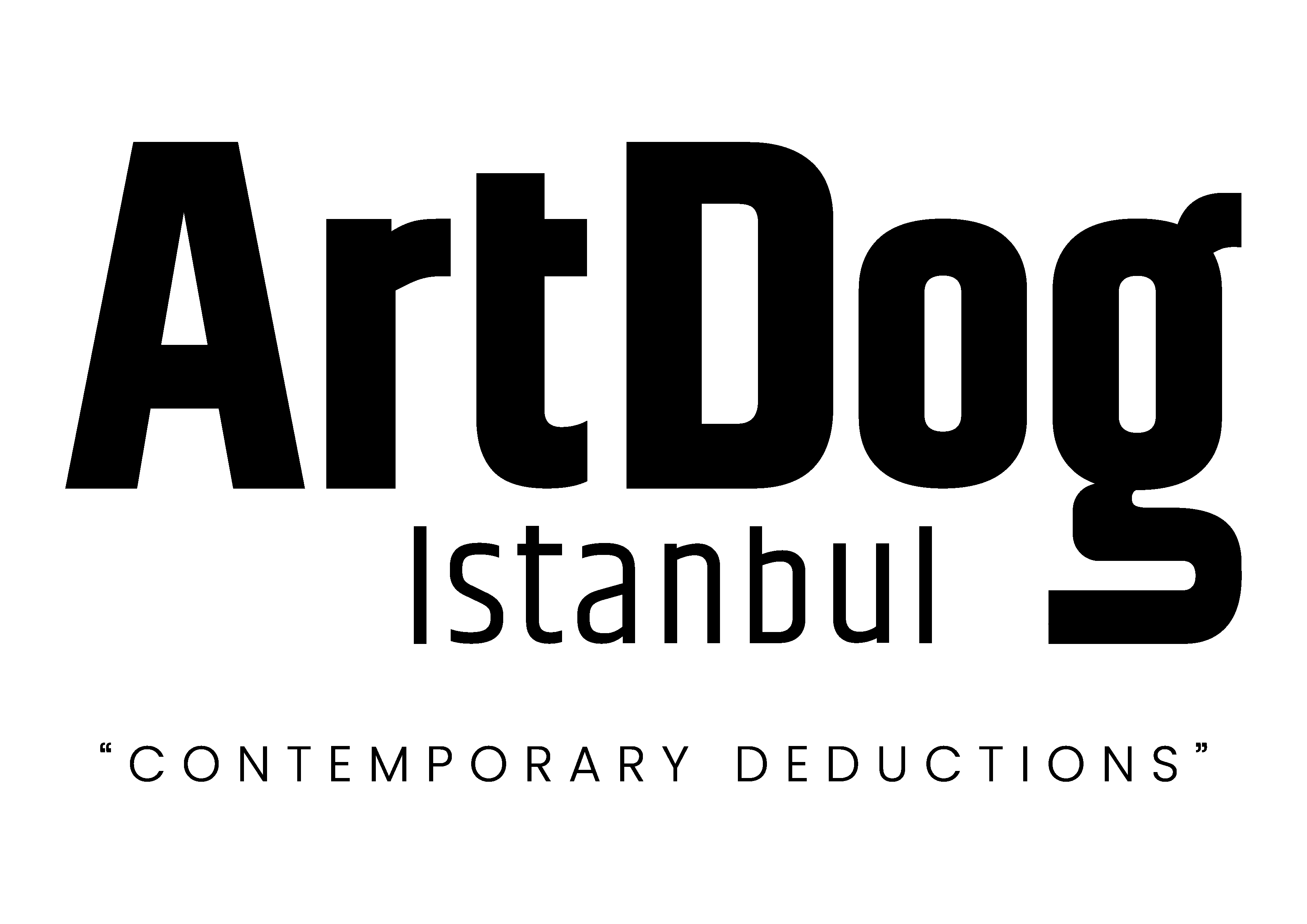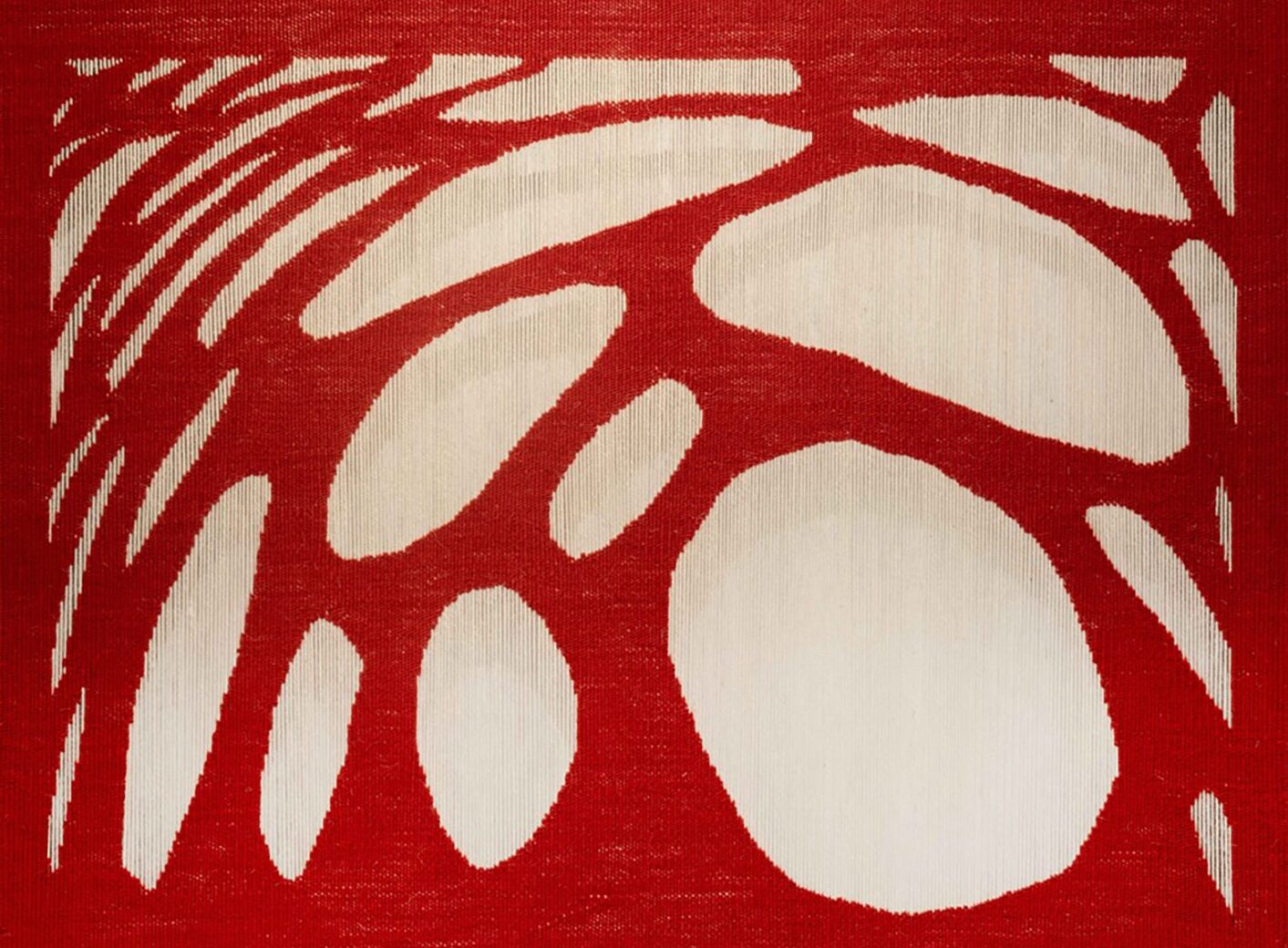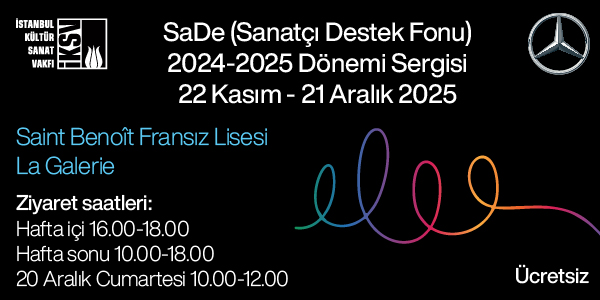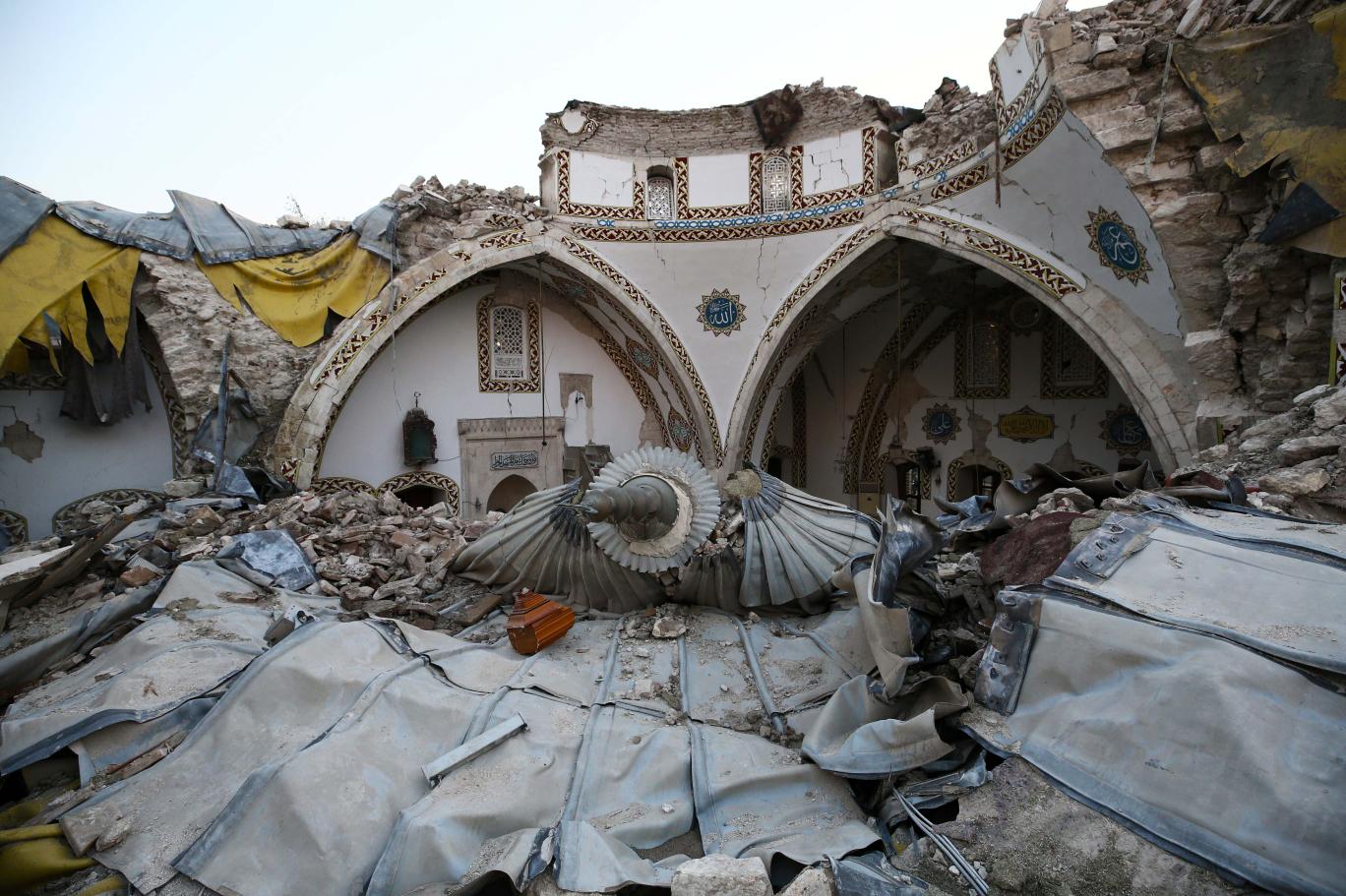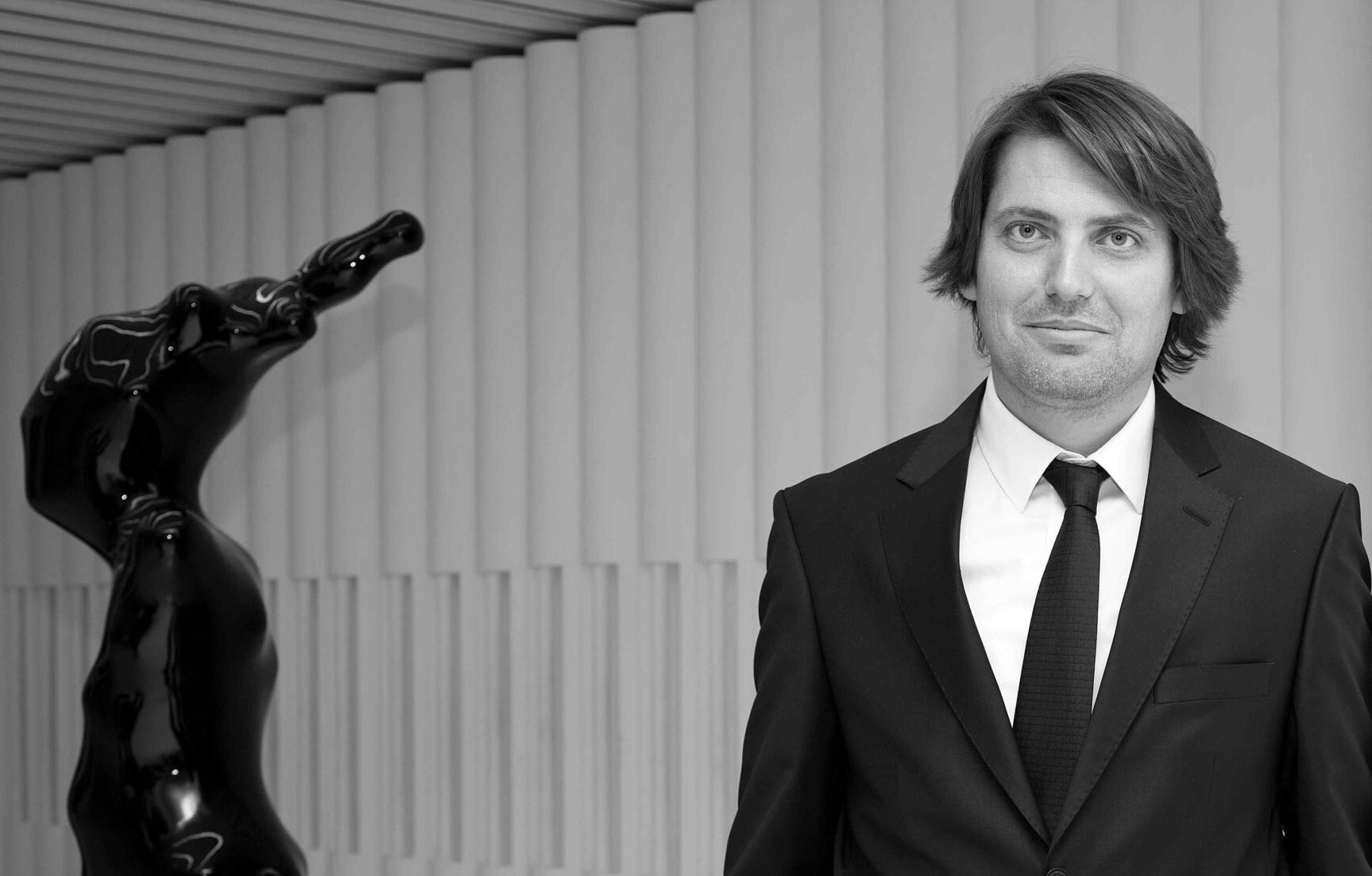The woven works of Belkıs Balpınar, one of the pioneering figures of contemporary textile art worldwide, are being exhibited at Anna Laudel Istanbul. Titled Through Woven Times, the retrospective exhibition is accompanied by a book that delves into the artist’s career.
Belkıs Balpınar is an experienced artist who merges the traditional kilim weaving technique with contemporary art. She is also a designer, museologist, and a researcher of antique kilims. With her deep knowledge and expertise in colors, symbolic motifs, and weaving techniques, she offers new formal and theoretical methods to textile art. Her pioneering, investigative, and creative identity is currently in the spotlight through her retrospective exhibition Through Woven Times. Presenting a selection of about 20 works created between 1986 and 2024, the exhibition is accompanied by a book titled Belkıs Balpınar: Through Woven Times, edited by Dr. Necmi Sönmez. Published by the Italy-based art publisher SKIRA, the book sheds light on Balpınar’s 40-year journey through her works, writings, and articles on kilims, highlighting her prominence both in Turkey and internationally.
“Like every artist, there have always been challenging and exciting periods in my work,” says Balpınar, with whom we spoke about the Through Woven Times retrospective.
The exhibition “Through Woven Times” is designed as a retrospective that traces your artistic evolution over 40 years. What does this exhibition mean to you?
There are certain key concepts in your art: time, space, dimension, and light. Why are these particularly important to you?
The world humans have created is quite complex. Yet in the universe, with billions of galaxies and stars, there seems to be a kind of order — at least from our perception of time. While many artists try to reflect something from the chaos of the world, I strive to capture images that allude to the spaces shaped by the movements of galaxies and planets in the macrocosm, or particles in the microcosm, which appear more orderly according to our perception of time.
In your recent works, you create a sense of depth by intentionally leaving sections unwoven. What role do these unwoven threads and the shadows they cast play in your artistic expression?
Traditional kilim patterns contain no sense of depth due to their repetitive motifs. I aimed to break this and introduce depth by developing a technique I call “non-weaving.” By leaving unwoven spaces, I tried to create a sense of spatial depth through the shadows cast behind the threads.
How does your interest in Albert Einstein’s theory of relativity and astrophysics interact with this technique? How does the relationship you form between science and art guide your creative process?
I’ve always been intrigued by the relative planes that change depending on perspective. I must admit that my desire to reflect relative planes was inspired by Einstein’s theory of relativity. His ability to express time, space, and speed on a single plane led me to draw three-dimensional images on a two-dimensional surface.
How do you hope your audience will relate to these ideas in their own lives?
As an artist interested in scientific research, I want them to know that my work stems from a curiosity toward science.
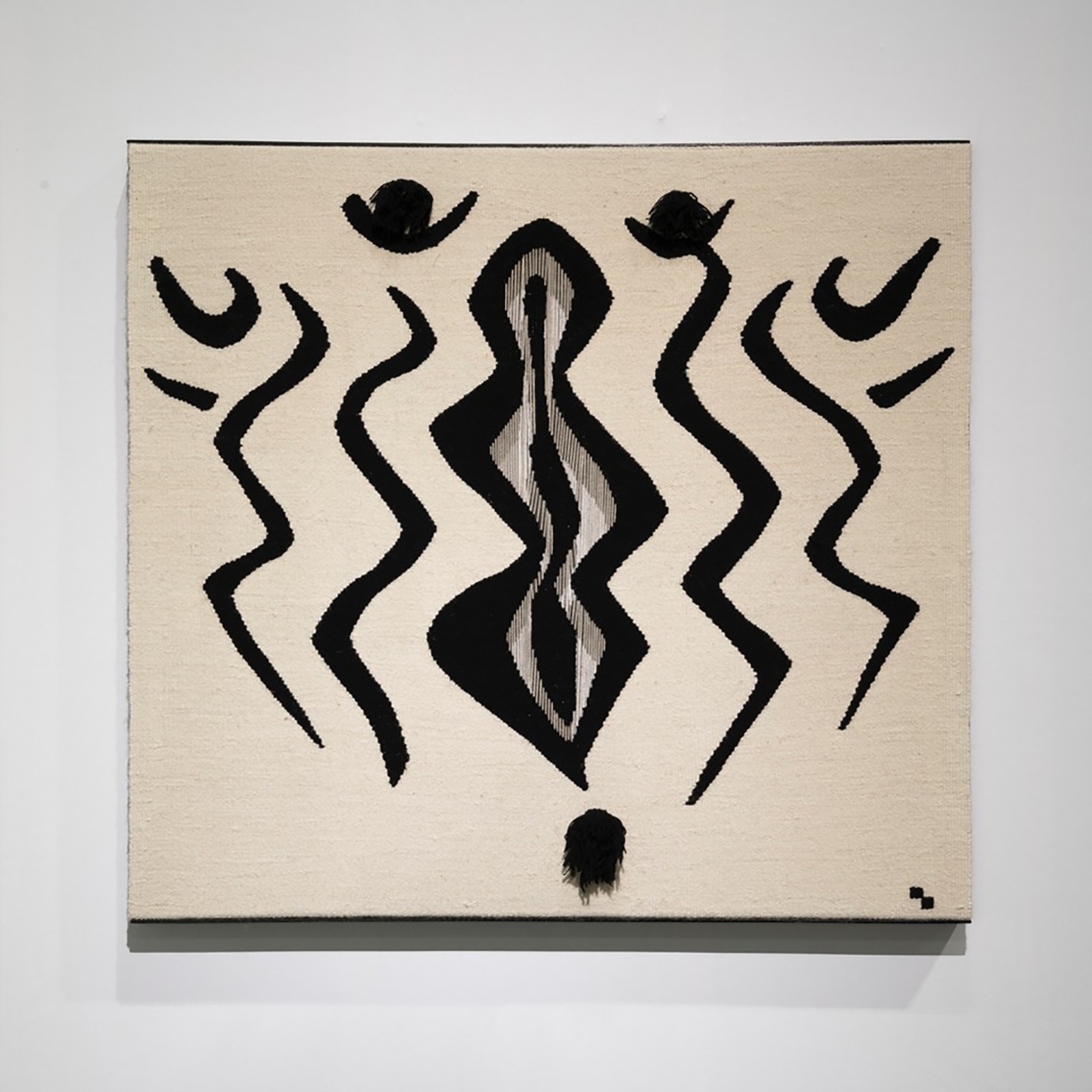
The Transformation of Weaving Over Time:
“Belkıs Balpınar: Through Woven Times”
Published by SKIRA and edited by Dr. Necmi Sönmez, Belkıs Balpınar: Through Woven Times explores the artist’s practice, which transforms the traditional “kilim” weaving technique into a modern visual language, through rich visual content. We asked Necmi Sönmez about the book.
Belkıs Balpınar: Through Woven Times was published by SKIRA as an in-depth study of the artist’s last 15 years of work. What can you tell us about the content, the preparation process, and your editorial perspective?
The book covers works developed by the artist over the past 40 years. When I started working on the project, I began questioning the framework in which Belkıs Balpınar’s weavings had evolved. I focused on how she transformed her previous experiences as an artist, museum curator, and Oriental Rug Researcher into her artistic practice, and on the weaving techniques she developed. While studying her early works at her studio in Bodrum, I observed how she established a dialogue between tradition and modernity and how she carefully interpreted the results of her successive experiments. I was particularly drawn to the forms she developed under the influence of minimalist art and architects such as Botta. Based on these observations, I selected and analyzed the works in detail.
Which aspects of Belkıs Balpınar’s art does this book highlight?
The book primarily showcases how the artist developed a unique visual language by reinterpreting traditional weaving techniques in unconventional ways. The works presented reveal only a part of her vast repertoire. One striking element in her works from the 1980s to 2024 is the concept of “open warp.” That is, she disrupts the foundational elements of weaving, diving into experiments that no one had attempted before. Gradually, she begins to remove her works from the wall and into space — as sculptures or reliefs — giving them a three-dimensional quality. Attentive viewers will recognize the rich visuality she developed through patience and dedication.
Anna Laudel Gallery has organized this exhibition as a compilation of my works from past to present. We also tried to include pieces held in private collections by requesting them from the owners. Since March 5 is my birthday, the gallery scheduled the opening for that date.
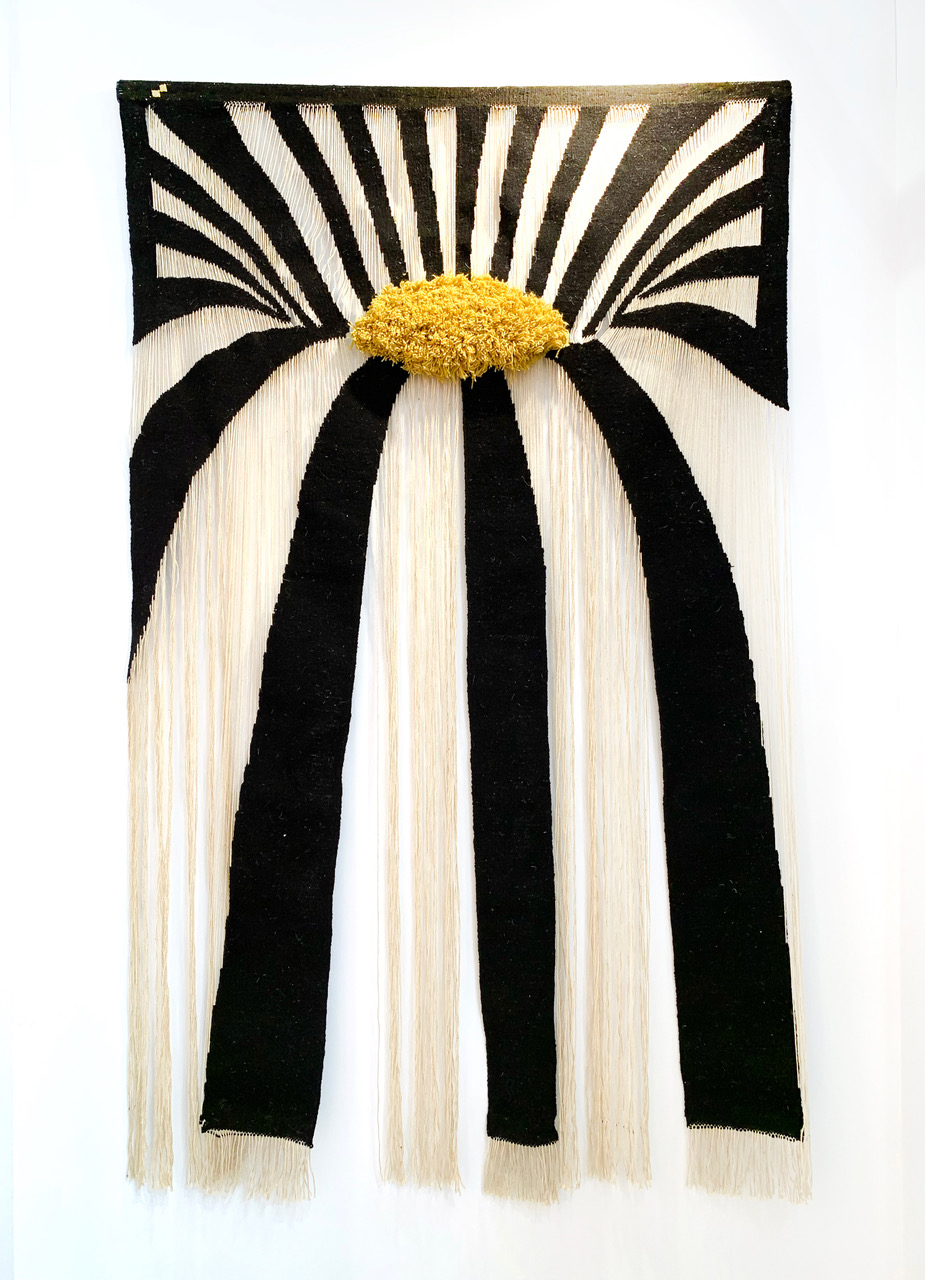
Your bold and groundbreaking style within a craft that has remained largely unchanged for thousands of years must be a difficult and courageous endeavor…
As a researcher and museologist who has studied traditional kilims, I try to reflect my own thoughts through the use of old weaving techniques. I am not a traditional weaver myself. Although I understand the process, my designs are woven by artisans familiar with traditional methods.
At this point, it’s worth discussing your deep-rooted background in kilims and carpets. How would you describe the influence of this background on your artistic practice?
Working for many years as a museologist and conducting research in various parts of Anatolia has greatly influenced my work and provided significant knowledge. I’ve seen — and written about — how traditional patterns have been passed down from grandmother to granddaughter unchanged for thousands of years. (The Goddess from Anatolia, James Mellaart, Udo Hirsch, Belkıs Balpınar). As a graduate of the Academy of Fine Arts and someone who has written on this continuity, I decided to try my own path.

